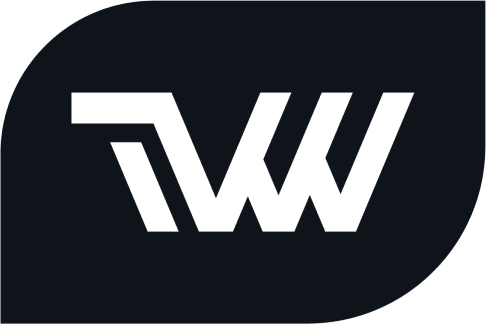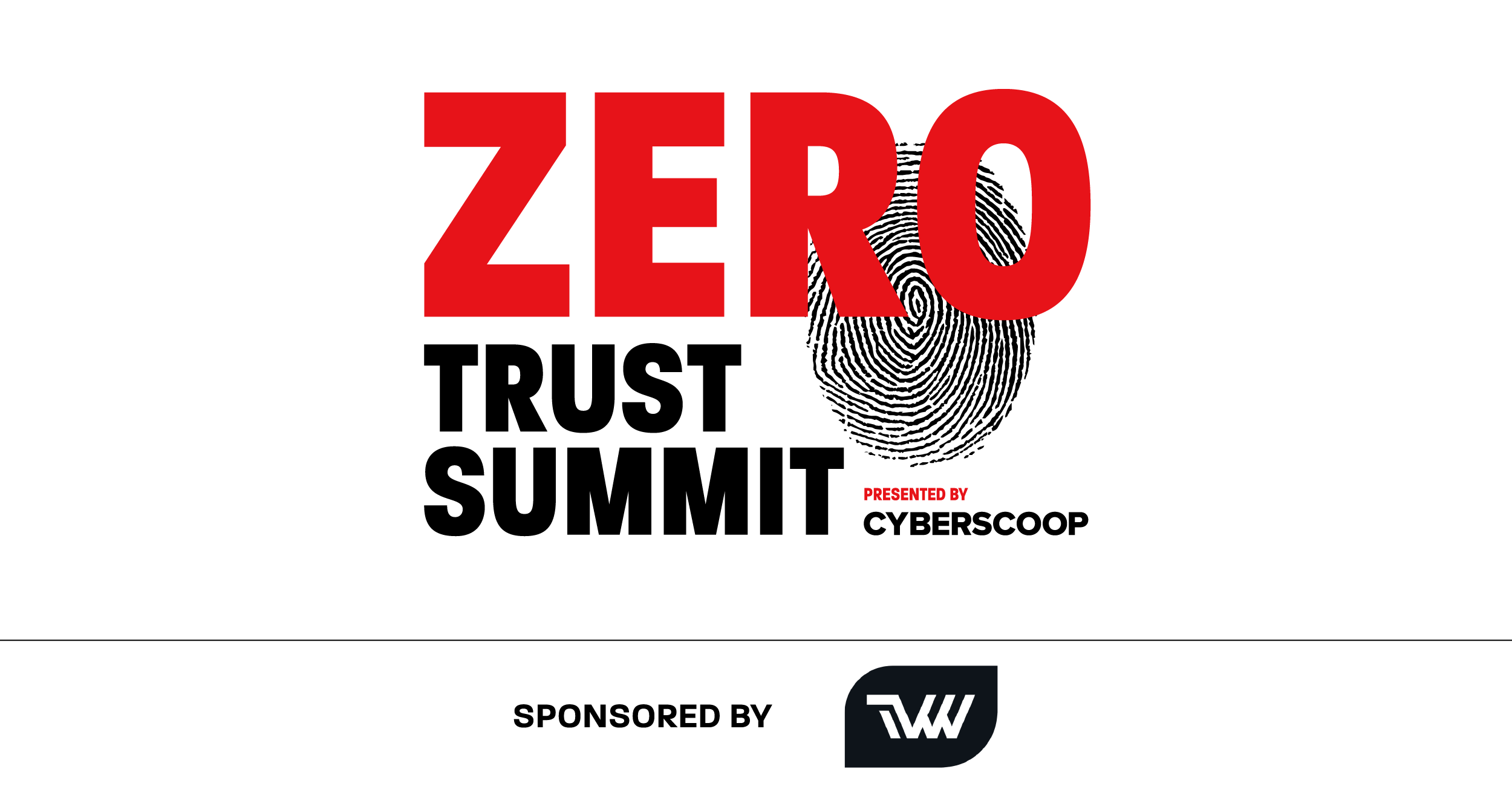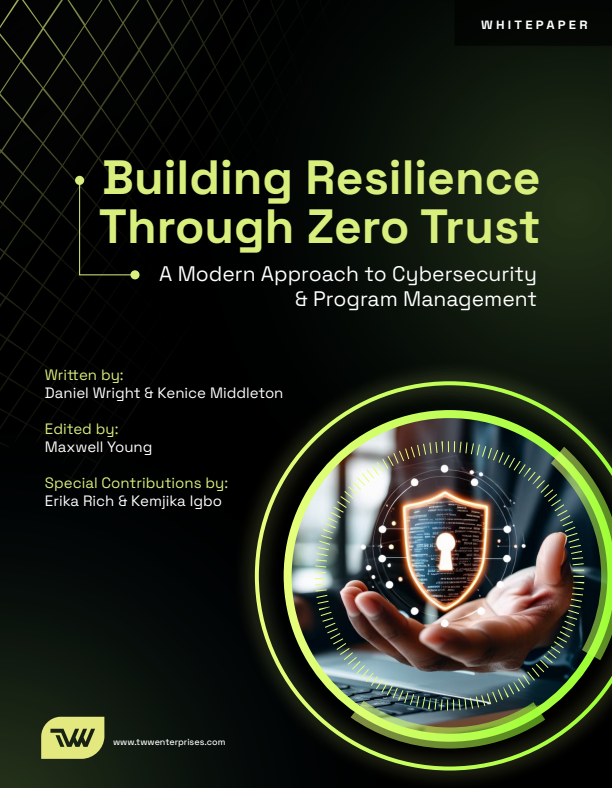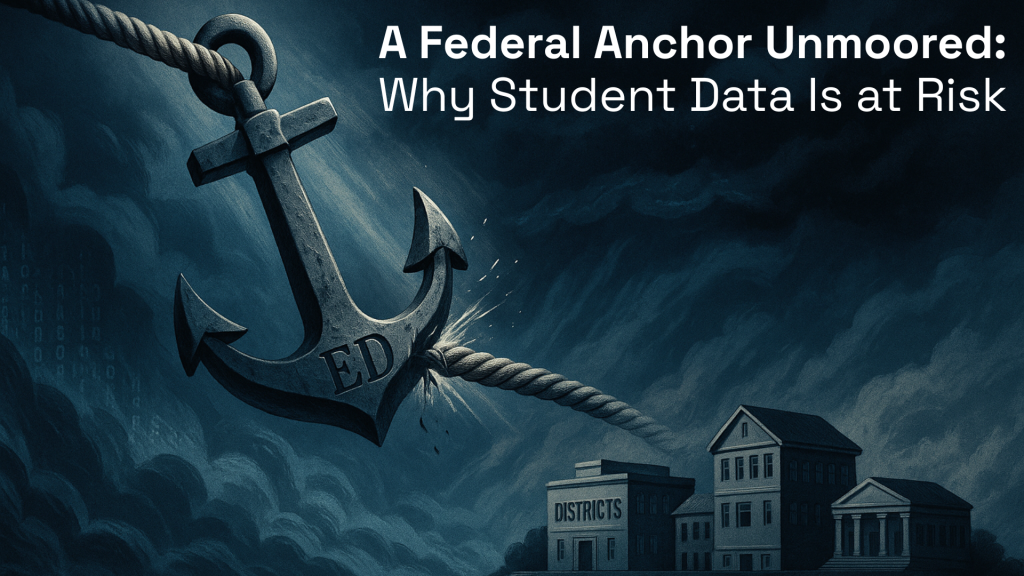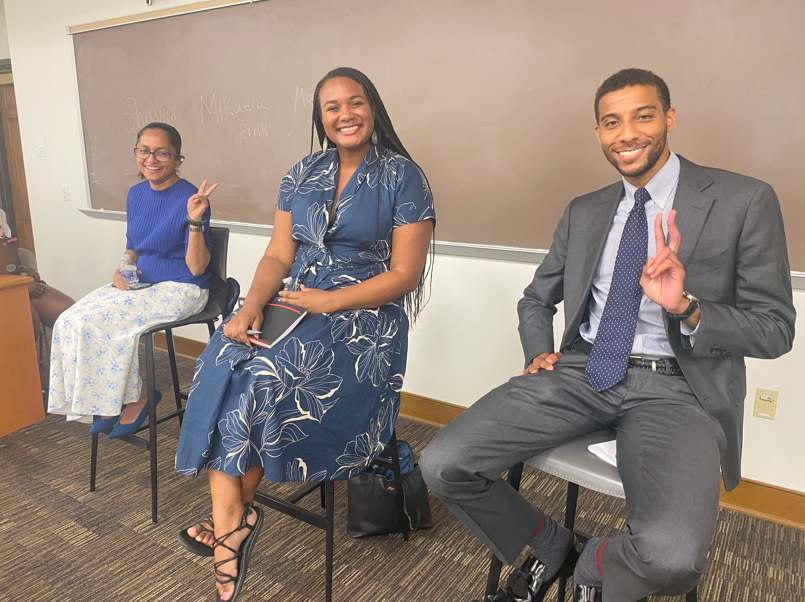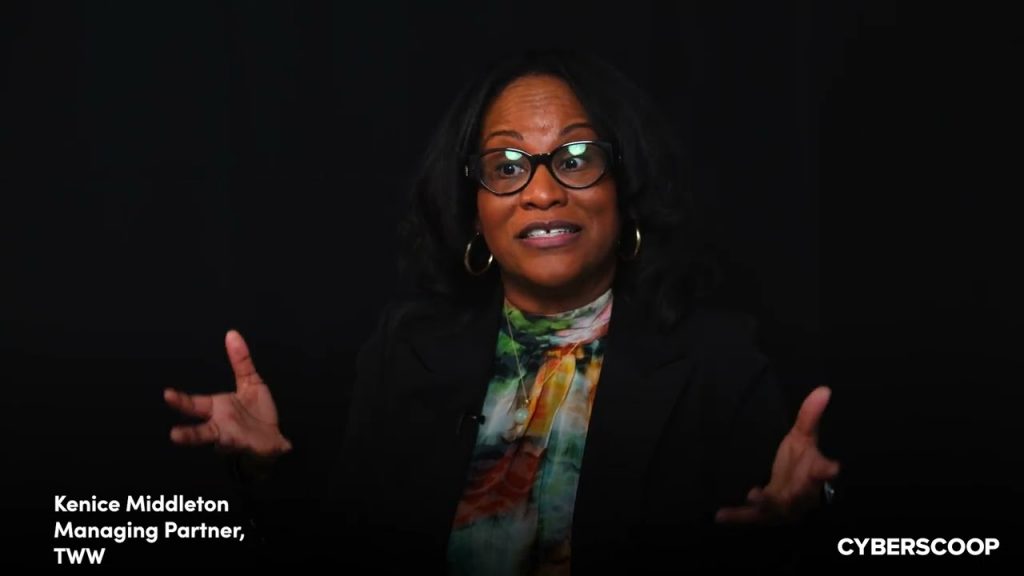Last week’s Zero Trust Summit, presented by CyberScoop, underscored a powerful takeaway: achieving Zero Trust isn’t a one-time milestone—it’s an ongoing evolution. A journey, not a destination. As cyber threats grow more sophisticated and attack surfaces expand, federal agencies and organizations must stay ahead by continuously refining their strategies, strengthening defenses, and operationalizing Zero Trust principles.
At TWW, we were proud to sponsor this critical discussion, bringing together experts and decision-makers to explore the future of cybersecurity. Learn more about our insights, key takeaways, and how we’re shaping the path forward.
Key Takeaways from the Summit
1. Zero Trust is Maturing, but Gaps Remain
One of the most striking insights from the Summit was the disparity in Zero Trust adoption across agencies. The Department of Defense (DoD) is further along in meeting their 2027 Zero Trust mandate, mentioned Dr. Wanda Jones-Heath, Principal Cyber Advisor, Dept. of Air Force, having established a solid framework for monitoring and communicating progress. The DoD’s Flank Speed project, for example, is a testament to their structured approach. However, agencies across the federal government continue to struggle with integration challenges, where industry standards do not always align with federal requirements due to lengthy approval processes for new software and technologies.
2. The Role of AI in Zero Trust
The evolution of AI is accelerating the Zero Trust conversation, especially in areas such as automation, orchestration, and analytics. AI-powered security solutions can help organizations proactively detect threats and automate enforcement policies, but they also introduce new risks that must be addressed with proper governance.
3. Securing the Edge: Quantum and Micro-Segmentation
As agencies and enterprises expand their edge computing capabilities, the need for micro-segmentation is becoming increasingly apparent. Discussions at the Summit emphasized the importance of securing distributed environments and preparing for quantum-resistant security measures—a challenge that will define the next era of Zero Trust.
One of the most innovative approaches to Zero Trust data security comes from companies like Hypori, which are leveraging quantum technology to secure enterprise data while protecting the end user.
Traditional cybersecurity strategies focus on restricting access and encrypting data at rest and in transit. However, this approach still requires users to possess and store sensitive data, increasing the risk of breaches through endpoints and insider threats. Hypori flips this model on its head by ensuring users interact with data without ever possessing it.
This paradigm shift is particularly crucial for protecting intellectual property (IP) and preventing cybersecurity theft through third-party access. By adopting Zero Trust principles that separate data interaction from data possession, enterprises can drastically reduce third-party risks.
4. Fireside Chat: Kenice Middleton on Small Business Leadership in Zero Trust
A key highlight of the Zero Trust Summit was the fireside chat between TWW Managing Partner Kenice Middleton and CyberScoop Editor-in-Chief Greg Otto, titled: The Federal-Small Business Nexus: Catalyzing Zero Trust Through Innovation and Collaboration.
Kenice underscored the indispensable role small businesses play in accelerating Zero Trust adoption within the government supply chain. Unlike larger enterprises hindered by bureaucracy, small firms bring agility, rapid innovation, and specialized expertise, enabling federal agencies to implement Zero Trust principles more efficiently and effectively. Their ability to pivot quickly, embrace emerging technologies, and streamline procurement makes them powerful catalysts for advancing cybersecurity modernization.
At TWW, we take pride in championing the contributions of small businesses in shaping a more secure, resilient digital ecosystem. Whether you’re a federal agency or a large enterprise, our experts can help assess your current security posture and develop a tailored roadmap to Zero Trust maturity.
Key takeaways from the conversation included:
- Zero Trust is not just about technology—it’s about compliance and program management. Agencies need an end-to-end program management perspective to ensure technology modernization efforts deliver secure computing environments.
- Moving toward password-less environments with multi-factor authentication (MFA) by default is a necessary step in Zero Trust adoption.
- Change management is crucial. Zero Trust isn’t just a technical implementation—it requires a cultural shift. Training end users and equipping them with the right tools is essential.
- Compliance can be an asset, not a burden. Audit scrutiny and compliance requirements are often seen as barriers to innovation, but Kenice stressed the importance of engaging with auditors early to shape conversations around which cybersecurity products are improving business challenges. “Think about the compliance community as a partner,” she said.
- Smart integration of current and new technologies is key. Agencies need to configure existing cybersecurity tools to work smarter while strategically introducing new products that advance Zero Trust maturity.
- Asset management and inventory challenges remain. Many government agencies still lack full visibility into their IT environments. Understanding what’s on the network, how it’s used, and whether it’s even necessary is a foundational step in any Zero Trust journey. Small businesses, with their leaner structures, are often better positioned to assess existing gaps and recommend vendors that can close them.
Kenice also pointed out that working with a small business like TWW gives agencies direct access to leadership—a stark contrast to large enterprises where engagements are often delegated to project managers instead of decision-makers. At TWW, clients work directly with leadership who has over 30 years of experience solving government problems.
5. Data is the Pillar—And It Must Be Protected
A recurring theme throughout the Summit was the need to treat data as the central pillar of security. Protecting an organization’s data—wherever it resides—requires a strong security roadmap that provides ongoing guidance, akin to DoD’s structured Zero Trust overlay.
Zero Trust pillars rest on a foundation of visibility & analytics, automation & orchestration, and governance. Without these foundational elements, organizations risk building a Zero Trust framework that is reactive rather than proactive.
6. Training and Workforce Development Are Critical
The biggest challenge in Zero Trust isn’t technology—it’s people. A key focus of the Summit was the need for ongoing training initiatives. The Cloud Security Alliance’s Zero Trust training classes and the establishment of a Zero Trust Center of Excellence highlights the industry’s commitment to equipping professionals with the skills to implement and sustain Zero Trust strategies.
For agencies and vendors alike, the message was clear: investing in training ensures that Zero Trust is not just a compliance checkbox, but a cultural shift that prioritizes security at every level.
What This Means for The Wright Way Enterprises
At TWW, these insights reinforce our approach to Zero Trust consulting and program management. Agencies and organizations need partners who can help them:
- Integrate new technologies without disrupting operations
- Establish clear, adaptable security roadmaps
- Effectively communicate progress to stakeholders
By focusing on agile development, strategic collaboartion, and long-term security strategy, we help clients move beyond the technology conversation and embrace Zero Trust as a mindset. For more information, download our Zero Trust whitepaper.
Final Thoughts
The Zero Trust Summit reaffirmed a simple truth: cyber threats will always evolve, and so must security strategies. With cybersecurity applications estimated to change every five years, the only constant is the need for vigilance, adaptability, and a commitment to continuous improvement.
As organizations navigate their Zero Trust journey, the ultimate goal is not just compliance—but resilience.
Your data is your most valuable asset. Zero Trust ensures it stays that way. Schedule a Zero Trust Maturity Assessment with us today: contact@twwenterprises.com.
